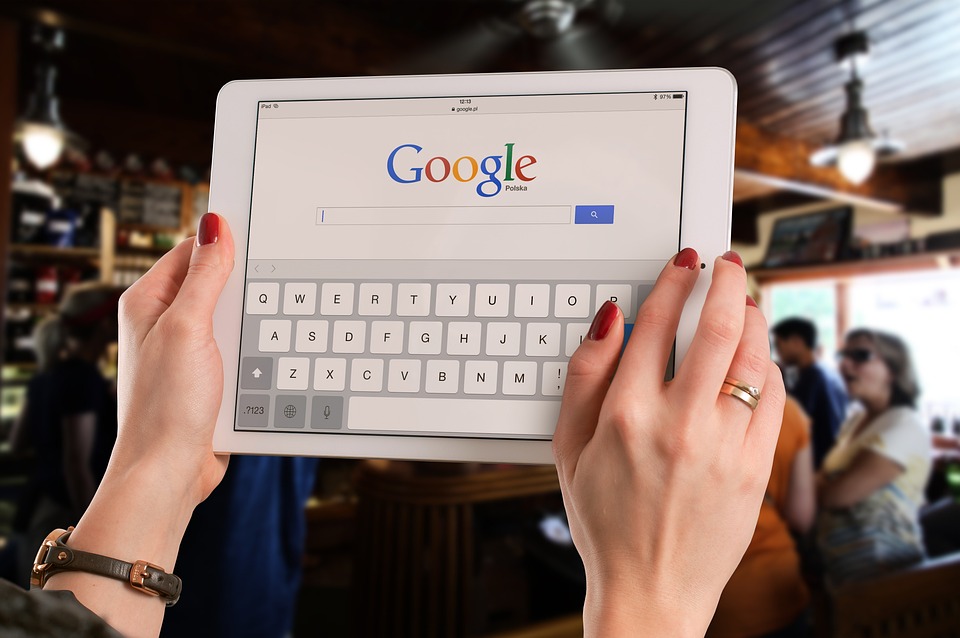The Distance Learning Environment And How To Get The Best Out Of It

I thought learning over the Internet would be fiddly and counter-productive. My course was in Internet Marketing, so it would seem reasonable to go about my studies in a ‘virtual learning environment.’ But I’m used to sitting in a class or tutorial with an actual real person to give a lecture and to respond right there and then to any questions. But e-learning works as well as, or better than the traditional college environment, as long as you go with the right provider of it.
Although, according to some reports, students can find the traditional classroom environment intimidating, my fears about a virtual learning environment would be the frustration of working the technology and lack of human face-to-face interaction.
My first class consisted of a web broadcast followed by emailed lecture notes. It was strange knowing that my fellow students could have been anywhere in the UK, though refreshing to know that this was a personalized class – I could have interaction with the teacher. This raises the importance of writing emails in a clear and engaging manner, which you would do if you were that focused on your particular field of study.
Once you’re over the technology, which is pretty straightforward and a means to an end, (rather than for the sake making your online course look modern and innovative!) you just get on with what you’re learning.
Interestingly, you almost forget you are doing your course in a ‘non-traditional’ format. The classes and tutorials are simply a means to get information in an accessible form. I would compare technological frustrations in an online one to one tutorial to noise from building works interfering a tutorial when going in to a real college. Nothing is ever going to be perfect in education, and the e-learning environment is no different.
Getting resources through a virtual learning environment is also considerably easier than simply using search engines. Our tutor will send us links straight to web pages for valuable research information that we might have spent a lot of time looking for without the right guidance. Virtual learning doesn’t really replace the classroom, because it is the classroom, once you are familiarized with the technology – which if you can already use a computer to go online, is fairly straightforward.
For my course, the syllabus, student registration, course notice boards, reading materials, assessment and authoring tools are all readily available in a seamless online format. It’s not just the content of the course that I find valuable, but the design of the web pages – they’re easy to read and link through to relevant resources and previous modules – and the technology behind everything that (hopefully) allows me to breeze through the course!
The important thing about the virtual learning environment – and from my experience so far on my course – is that it has to work; it has to educate the learner. Given that my knowledge of Internet Marketing has now translated into sound skills and experience for my job, I have to say that it does.






